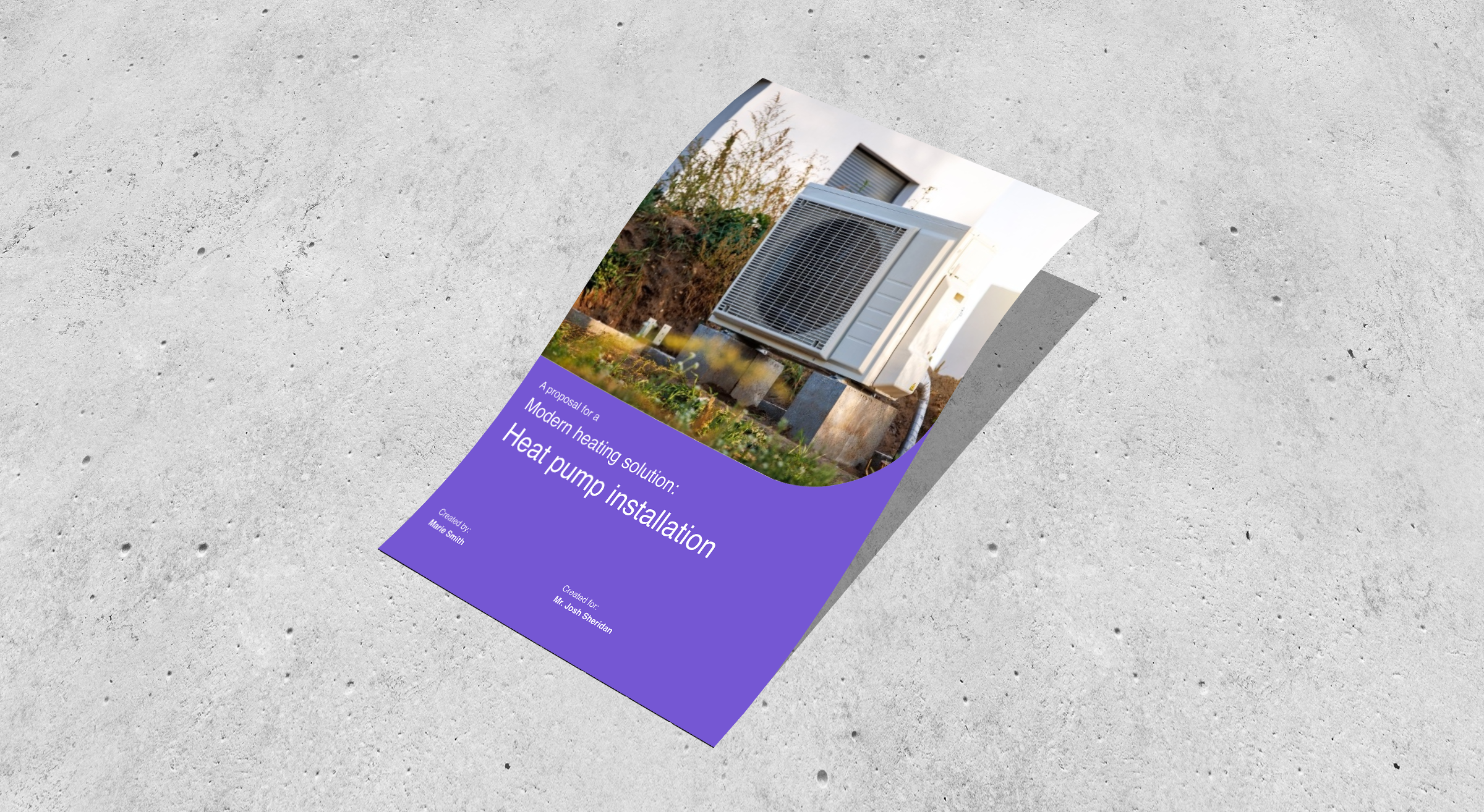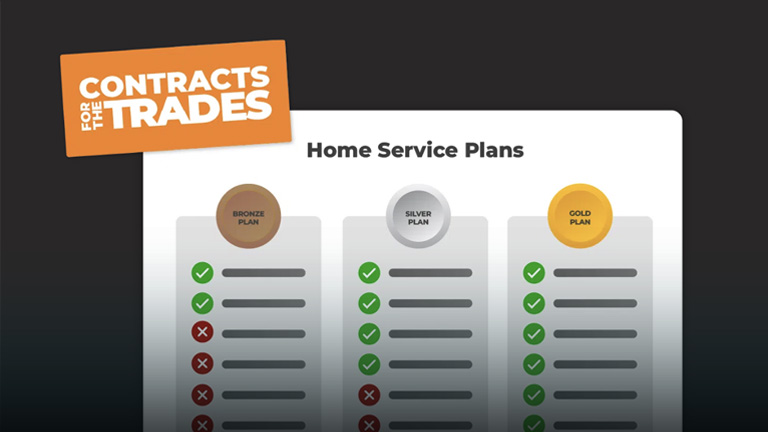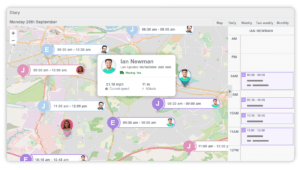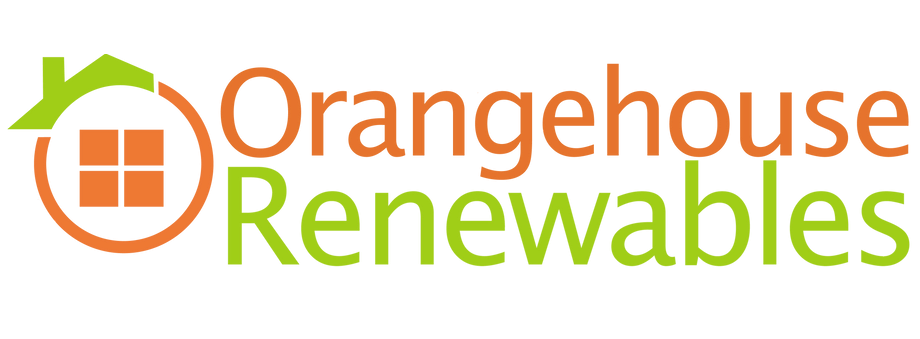8 Essential Features for Dynamic Scheduling Software
January 18, 2023 | Read: 11 minutes

If you enjoy managing an organised business (or need help staying organised) then you’ll love dynamic scheduling software.
Below, we’re exploring eight essential features that every installation, maintenance, or service business should be looking for when it comes to scheduling right, every time.
Scheduling is incredibly challenging for organisations that have large workforces, cover broad geographical service areas, or conduct varied types of work.
Field service businesses, in particular, are no different, often scheduling and dispatching staff to hundreds or even thousands of jobs every week.
In these scenarios, intelligent job scheduling software is an absolute game-changer.
With the right software, scheduling can be automated to improve workforce utilisation, increase first-time fix rate, and maximise efficiency. It allows businesses to complete more jobs per day, but with much less aggro and stress.
Here, we’ve covered the 8 essential features of any dynamic scheduling software.
What is Dynamic Scheduling?
But first, let’s define what dynamic scheduling is exactly:
With a digital tool capable of analysing your job schedules and diaries, dynamic scheduling is all about using software to make time-consuming scheduling decisions a thing of the past.
Software combines a clever blend of your manually organised schedules and optimises thanks to sophisticated automation.
It considers your workforce’s appointments and a variety of additional factors, such as staff availability, location, travel time, skill sets, and more.
Significantly, the software can assess all this information much faster than a human can do manually.
Benefits of Dynamic Scheduling
Instead of organising appointments themselves, admin staff can use a dynamic scheduling system to pick and choose convenient appointments from suggestions made by the software algorithm.
One particularly big benefit is that this frees them from the worries of making mistakes or crossing wires, which is more common amongst manual scheduling.
Through this process, businesses can improve their overall job management and schedule more jobs more efficiently.
Importantly, you don’t hand over all responsibility to the software. Instead, staff can use this valuable tool to make scheduling appointments a far more productive and less time-consuming task.
To find the best dynamic scheduling software for your business, consider these eight essential features for any dynamic scheduling software system.
8 essential features for a dynamic scheduling software system
Let’s dive in:
1. Schedule multiple appointments at once
Mass scheduling (bulk scheduling) should be a core feature of any dynamic scheduling software. Booking multiple jobs in one action is the biggest time saver and offers the most efficient routing. If your dynamic scheduling software cannot handle booking various appointments in one go, then look elsewhere.
By considering many appointments simultaneously, an automated scheduling system can analyse far more possible routes and combinations and find highly efficient schedules for your team.
For example:
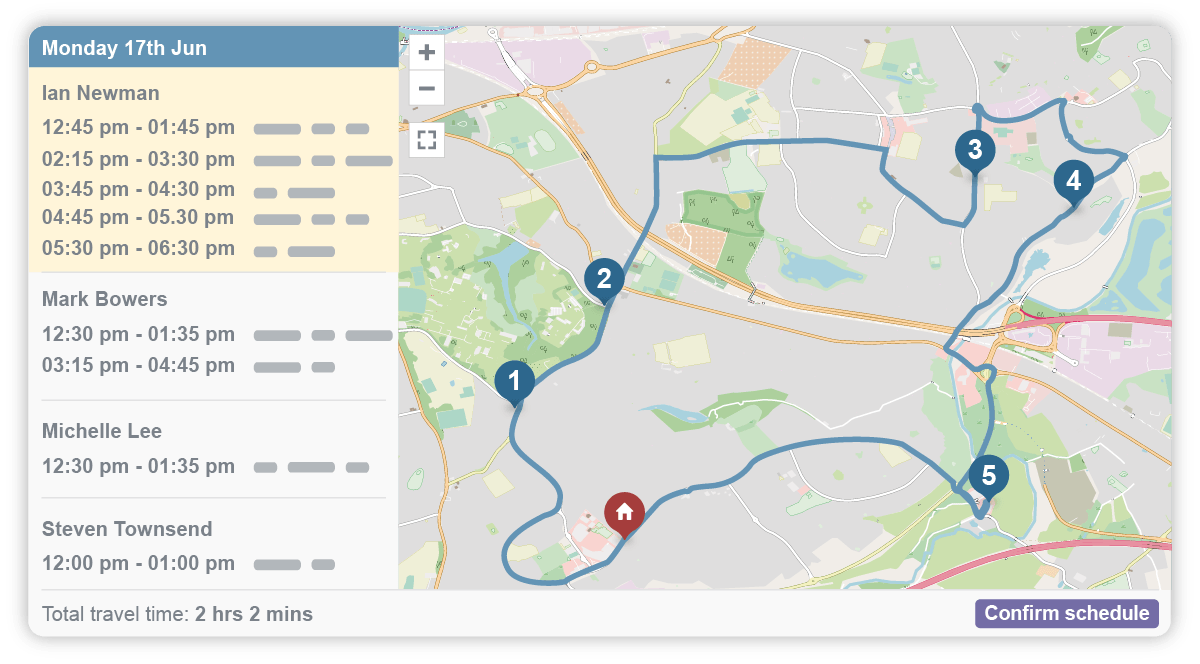
A few other things to look for in a mass scheduling feature:
- Schedule review: Before you commit to booking those 1,000 appointments that the system has just analysed, let a human review it first. Ideally, the dynamic scheduling system will offer a simple review screen with each engineer’s jobs by date and time as well as their driving route displayed on a map. This gives office staff an easy way to verify the schedule before they approve it quickly.
- Customisation: Mass scheduling is only as great as the tools that come with it. For example, can you select which engineers or technicians you wish to be included? Or choose a timeframe for appointments to be scheduled? If you can’t customise the process with some proper parameters, then it may be challenging to make it work for your business.
- Background processing: Bulk scheduling shouldn’t take long for smaller numbers of appointments. However, it’s exponentially slower the more jobs you add due to the increased number of possible routes. Don’t accept a system that makes you wait while it processes. Dynamic scheduling can (and should) occur as a background task, allowing staff to use the rest of the software while the system is at work.
2. Suggest single appointments
Whilst scheduling multiple jobs at once is convenient, it’s not always necessary. After all, may be the most efficient course of action, but it’s not required in every situation. Sometimes you simply need to book just one appointment.
In those instances, you will want to rely on the same automated scheduling system and intelligent algorithms to find the perfect date, time slot, and engineer for the job.
For example, imagine a customer is on the phone trying to arrange an appointment for a service. With a dynamic scheduling system that features appointment suggestions, office staff can input job details and have the system spit out the most efficient options based on current availability.
The scheduler didn’t have to scour the calendar for an empty gap, work out who to send, or try to assess the driving distances from the engineer’s other jobs; dynamic scheduling did it all for them.
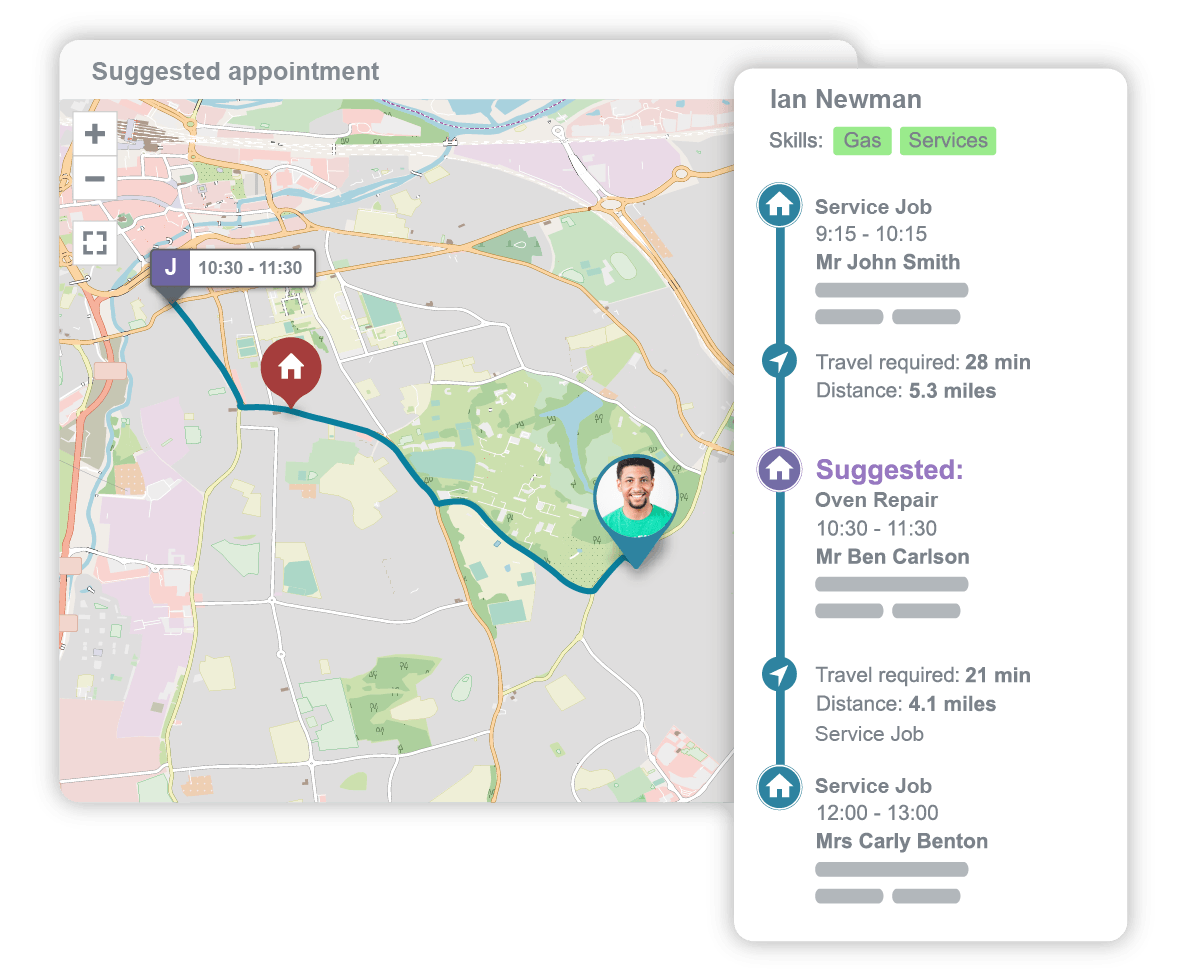
You’ll want to make sure your system also offers:
- Multiple options: Make sure your dynamic scheduling system can offer multiple appointment options. If the most efficient time slot doesn’t work for your customer, you can provide the next most efficient. That’s no good either. Offer them the third most efficient appointment.
Still no good? I think you can see where this is going… - Date flexibility: When booking a single appointment, you may already have a particular date in mind—perhaps requested by the customer. A good system should offer the ability to look for the most efficient appointment on that day. An even better system will also give you the flexibility to find an appointment over a time frame, e.g. Wednesday 24th, plus or minus two days.
3. Observe accurate map view and street-level routes
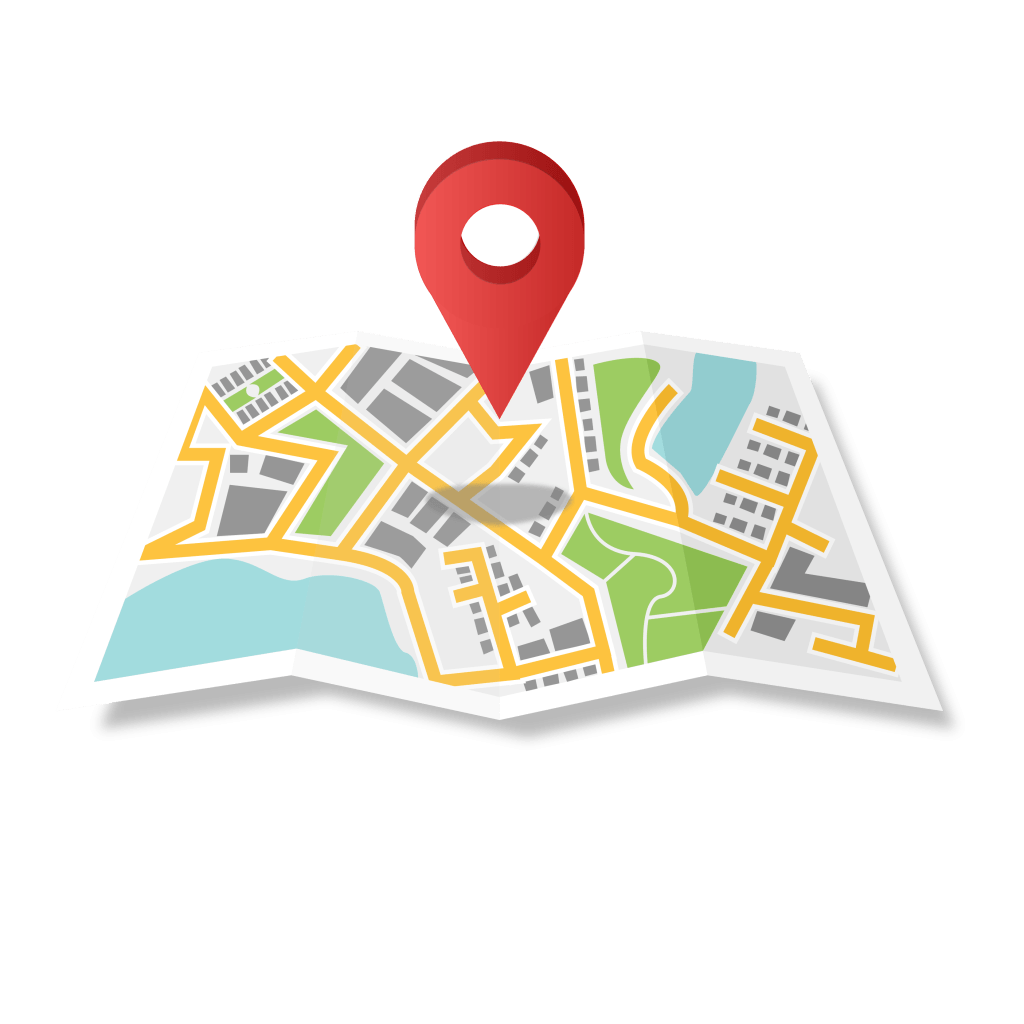
Whether your office team is dynamically scheduling multiple or single appointments, maps make everything better. Automated scheduling can be challenging to comprehend at times—and a list of addresses without visual cues is difficult for any office manager to digest—that’s why maps are essential.
If you are reviewing a mass schedule of tens of appointments, you should expect to be able to see those on a map so you can visually process that information and the suggested route.
You will also want to consider the routing provided—does the system generate street-level routes or only “as the crow flies”? Street-level routing is vital to ensure your dynamic scheduling engine offers accurate driving routes based on precise map data.
Check out our intelligent scheduling demo to see street-level routing in a dynamic system.

4. Shift management for dynamic scheduling
Now that we’ve covered three core features, let’s look at some more minor features that still significantly impact the effectiveness of a dynamic scheduling system.
If you’re considering a system that doesn’t offer the following features, you may think: “No big deal, I have the main components required!”
But don’t be mistaken about how important supporting features like shifts, skills, and service windows are. Without them, you may find your automated scheduling system almost useless.
First up is shift management.
With a dynamic scheduling system, you can quickly schedule efficient appointments.
You may wonder if they’re at suitable times for your engineers. Remember, not every engineer works the same hours, has the same flexibility, or works overtime. If the system does treat everyone the same, you’re going to run into problems. These could lead to frustrated engineers, customers, and appointments that keep getting moved.
With the right tool, though, your system will know that Mark doesn’t work Fridays or that Lisa can’t take jobs after 4 pm. It will also see each engineer’s particular overtime periods and rates. By giving the automated scheduling system this information, it can schedule appointments that work for your team.
5. Skills management for dynamic scheduling
Just as not every engineer has the same shifts, not every engineer has the same skill sets either. Understanding skills is critical for a dynamic scheduling system to send the correct engineer for the task.
This is especially important if your business works across multiple fields or industries with employees specialising in different types of work.
Take, for example, the Plumbing and gas industry. If the business had engineers who specialise in plumbing and electrical (water leak, CCTV, PAT tests, etc.) and gas engineers (boiler installation, gas certificates, etc.) this would pose a challenge—they may even have techs who do both.
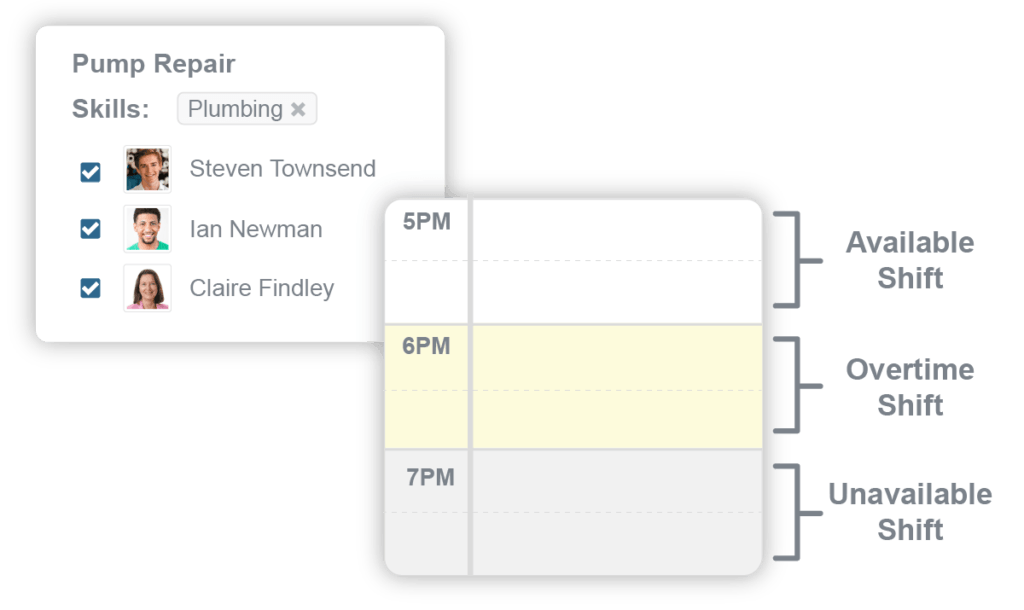
If a plumbing and gas business wishes to embrace automation and use dynamic scheduling, the system must know the difference between plumbing work and gas work. That means telling which engineers are qualified for the correct type of appointment.
By implementing skills management with an automated scheduling system, businesses can improve their first-time fix rate by always sending the right person for the job.
6. Retain control over appointments
A dynamic scheduling system also benefits from the ability to optimise or move existing appointments. This is great for efficiency but can result in a negative customer journey if poorly set up.
After all, no customer wants to be promised a slot, only to get an update telling them their confirmation has been cancelled. That’s why the correct management tools are so necessary, and it’s essential to be wary that the dynamic scheduling system you select is genuinely powerful.
This means keeping an eye out for additional features, such as:
- Lockable appointments: The ability to lock a job and inform the system (and your colleagues!) not to move it. This may be required for a time-sensitive job or if you have guaranteed a customer an exact time.
Ideally, you could lock an appointment in multiple ways, such as by date/time and engineer. This ensures the dynamic scheduling system can’t move appointments you don’t want to be moved and mess your customers and team around. - Service windows: With service windows, businesses can offer their customers broader time frames for an appointment. And still setting specific appointment times for your engineers. For example, an engineer may be scheduled to install a new boiler from 2-3pm, however, the customer was told “late afternoon between 2 pm and 6 pm”.
This gives your team greater flexibility with their schedule. It also gives you more control when using a dynamic scheduling system. For example, if the automated system recognises that the appointment would require less driving at 5-6pm, the appointment can safely be moved without any update to the customer required.
7. Instant updates and dispatch
If you’ve found a dynamic scheduling system with all these features, you’re doing well! You’ll be able to quickly schedule large numbers of jobs and find the most efficient route and suitable engineer.
However, do you have a good way of dispatching those jobs to your engineers or technicians? Being able to schedule 1,000 appointments is no good if you can’t quickly deploy the information to your team.
An automated scheduling system must be fully integrated with your job management software to be worth your time.
When you do mass schedule those jobs, your techs will receive notifications on their smartphone for them to accept or reject. Technicians and engineers can access all the relevant job, property, and contact details from their job management app.
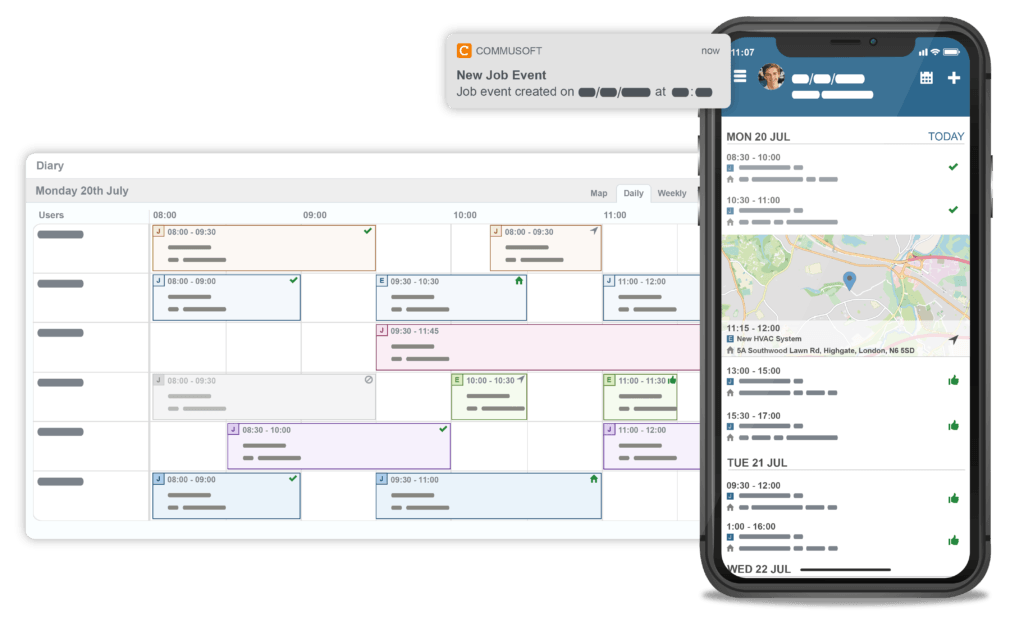
While we’re on the subject, ensure the engineer app has various other features. These should include inventory management, on-site photos, invoicing, customer communications, and more!
8. Automated customer notifications
Your engineers are not the only ones that need to be communicated with effectively.
Your customers do, too! This is especially important when dealing with multiple dynamically scheduled appointments (and potentially rescheduled!).
To meet customers’ expectations, you need to keep them in the loop with their appointment booking — sending them updates and important alerts and notifications will help give them confidence in your service!
After booking an appointment using dynamic scheduling (or a couple hundred), a confirmation is automatically sent to let the customer know the details.
Using an automated appointment reminder software is a great way to notify customers
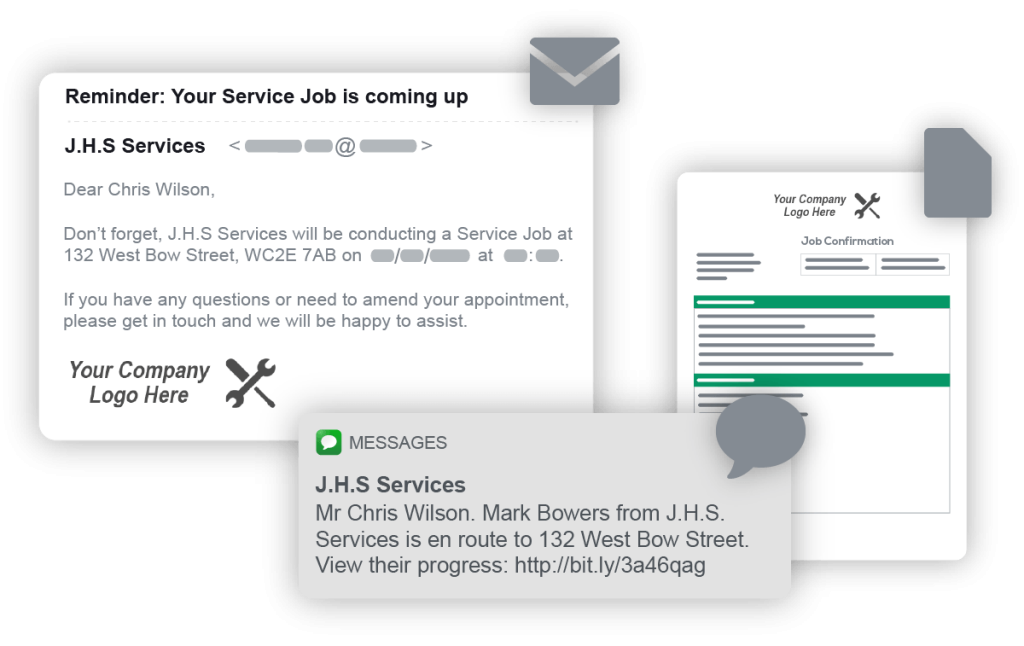
When considering dynamic scheduling software, reviewing other complimentary tools is worth your time.
For example, engineer tracking portals, communication templates, personalisation tags, feedback forms, or online booking forms give your customers a better experience. It also improves the automated scheduling system and experience for your staff, too.
A Dynamic Scheduling Solution, Powered by Commusoft
Commusoft’s field service management software hosts all of these features and more. Together, they offer the best automated scheduling system for field service businesses.
Benefit from both suggested individual appointments and mass scheduling, all powered by our route optimisation algorithm and cluster-computing framework.
Commusoft’s job management software can offer a level of job planning and routing efficiency that isn’t possible by a human. Our software can help reduce fuel costs, lower travel time, and improve technician management with our field service engineer app.
Try our free intelligent scheduling ROI calculator here, to calculate how much money dynamic scheduling could save you,


